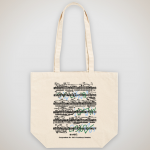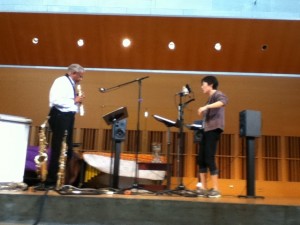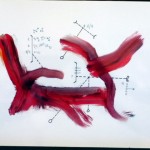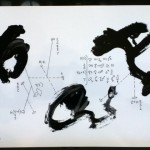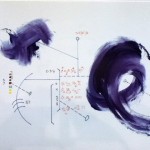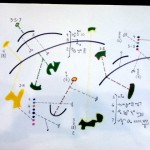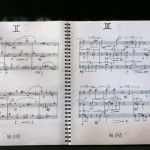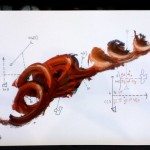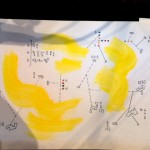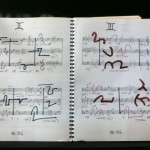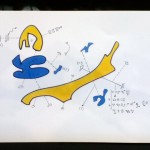Recently, I learned of an album review written by a seasoned writer, whom I did not know personally, published on an online platform frequented by music fans. The review itself was wonderful, but there was one error which I noticed. The author, referring to my nonverbal vocal improvisation, wrote that I sometimes sang in Japanese on the recording.
Nowhere on the entire recording do I sing in Japanese. My vocal improvisation used my usual method of combining consonants and vowels in my own way. Perhaps the author decided that I was singing in Japanese because of my ancestry. Perhaps he took a mental shortcut without fact checking. (Many writers already know about my reluctance to use pre-existing language since language can both unify and divide; I’ve mentioned this personally to writers or in interviews or press releases, and have posts about it on my website.)
It took me a while to think about how to deal with this, or if I should deal with it at all. Given all that the world was going through right now, calling attention to a seemingly small error in a music review did not feel appropriate. At the same time, given what many of us go through on a daily basis as we continue to be seen as hyphenated-Americans on a good day, I felt that I should at least attempt to rectify the error, however small.
There were three ways I could approach this. One, do nothing. Two, post the issue on a public forum like Twitter. Three, contact the writer and see if he is open to having a conversation. The first option, I had already abandoned. The second option, I abandoned as well because I didn’t want a public discussion about implicit bias and assumptions based on race. We live in a polarized environment. The author and I represented two races and two genders which could easily be framed in a more explosive narrative. I wanted this to be an opportunity to explore the why and the how – especially how to prevent these things from happening in the first place. A public social media forum, to me, was not always constructive for nuanced matters.
Fortunately, I was able to find his email address and wrote to him about the error. He emailed back two days later, apologizing and saying that he will rectify the error as soon as he could. Then I emailed him back with an invitation to have a more formal dialogue about what happened, to examine the reasons and see if we could both gain insight from this incident. I did this because we are all human and we all make mistakes. In fact, making mistakes is pretty much the only way we learn, as has been shown in neuroscience research. If every small mistake was blown up in a public forum, what would that do to us? In the fear of making a faux pas, will we stop making mistakes, and thus stop learning? Stop communicating with each other, listening and discussing? I think all these things are already happening. Had I been in the same position as the author, I would have liked for the musician to reach out to me in the way I reached out to the author. I would want to learn, correct my mistake, and use that knowledge to make the world a better place.
For this process to work, we also need to be open to being corrected, because that is one of the most important parts to learning. And it goes without saying that mistakes which create victims… That would call for a serious investigation and all that goes with it.
If the author wants to engage, this story can continue. If not, this post will hopefully provide one direction out of many, in the ways we can deal with bias and assumptions. This incident has already given me an opportunity to put my thoughts into words, and that is a positive thing. As Anthony Braxton repeatedly told me, “Making no mistakes is the biggest mistake of all.” Mistakes are key to learning. Next time we make a mistake, no matter who makes it, let’s take a breath and see what we can learn from it, together, before rushing to condemn it. Because the only way to make the world a better place is to learn to do it together. And if we are not learning, then we are not part of the solution. We become part of the problem.
[Update] The author sent me an email with a thoughtful apology, although he declined to engage in a discussion. I am happy to let this matter drop, and hope that this interaction added something positive however small.
